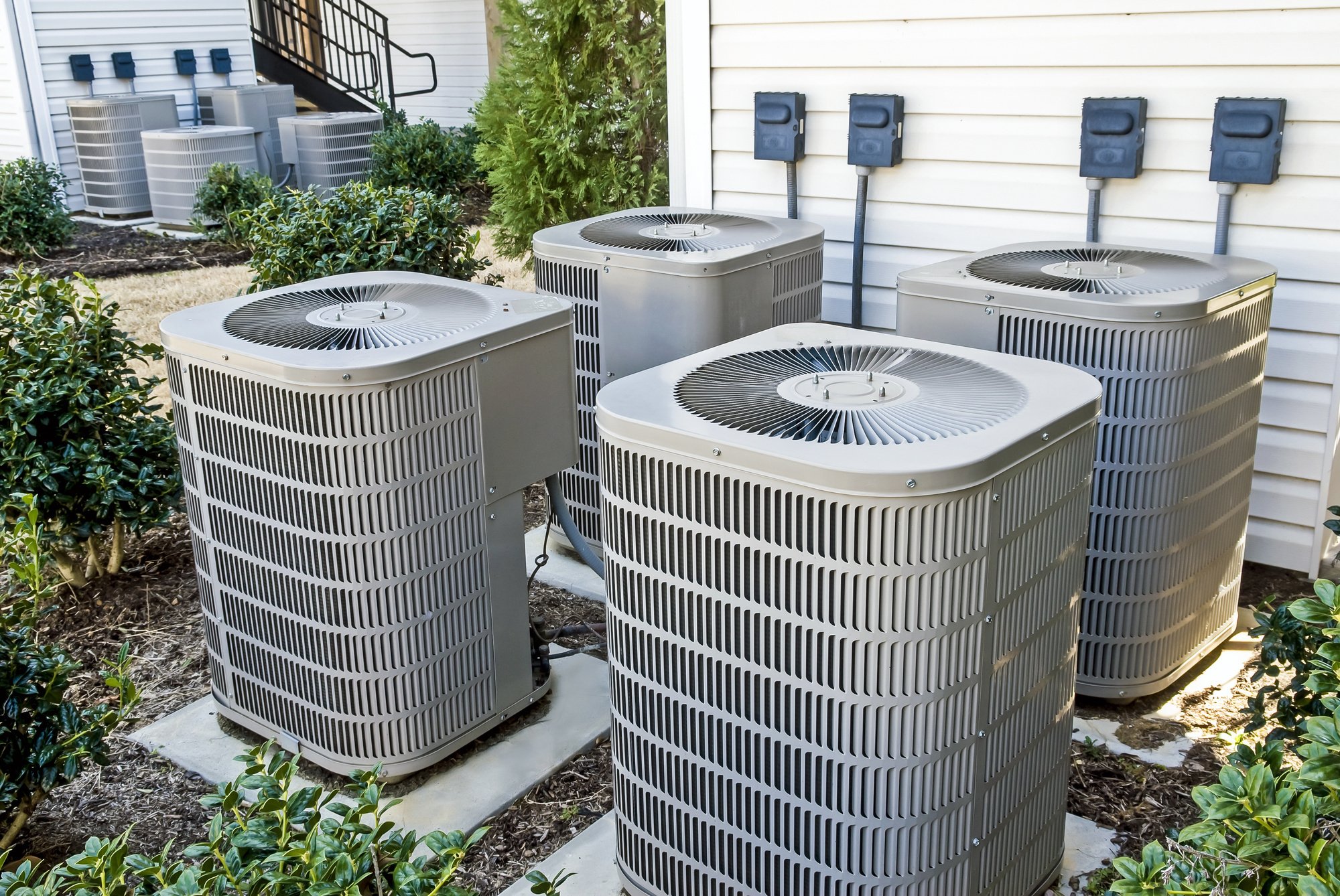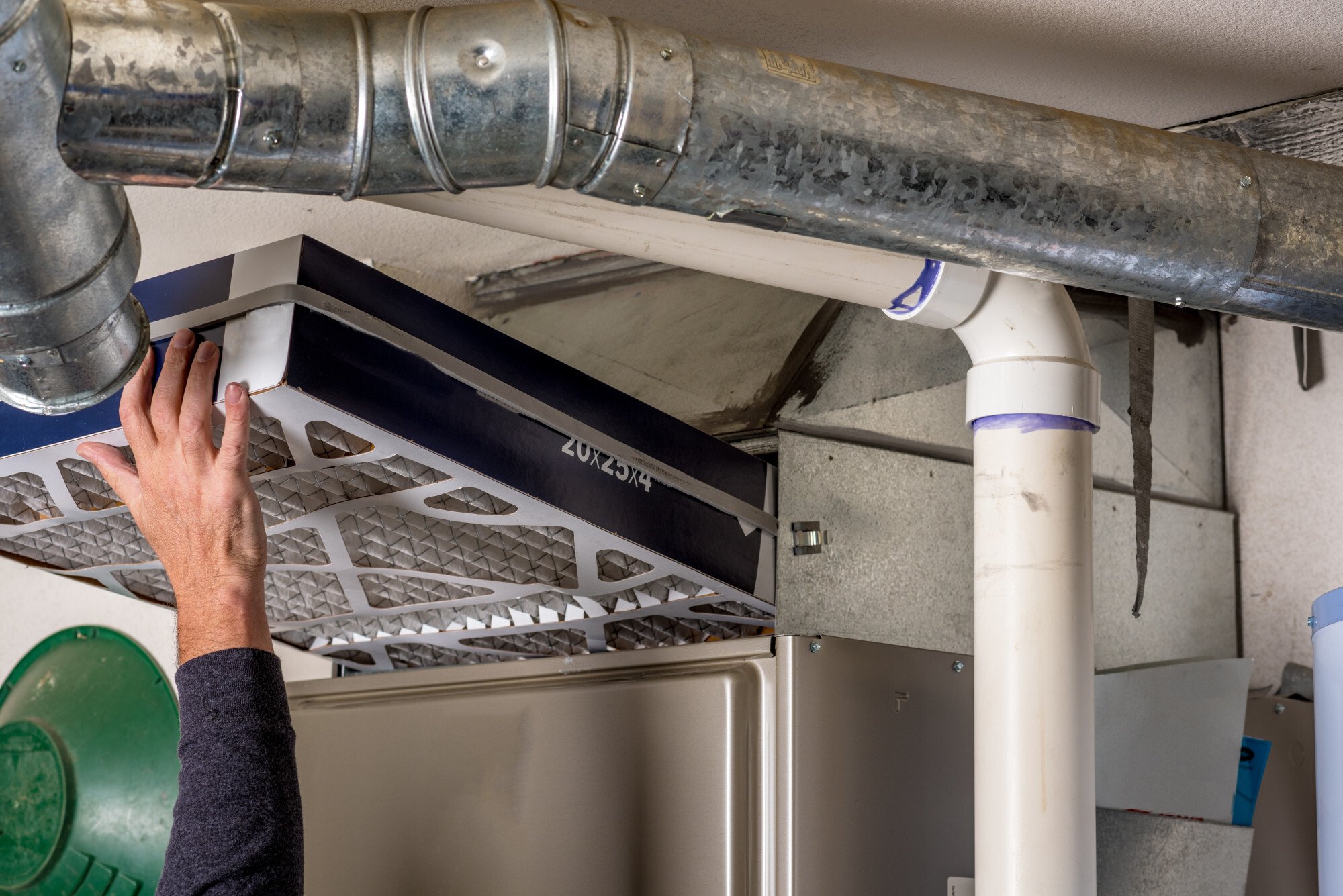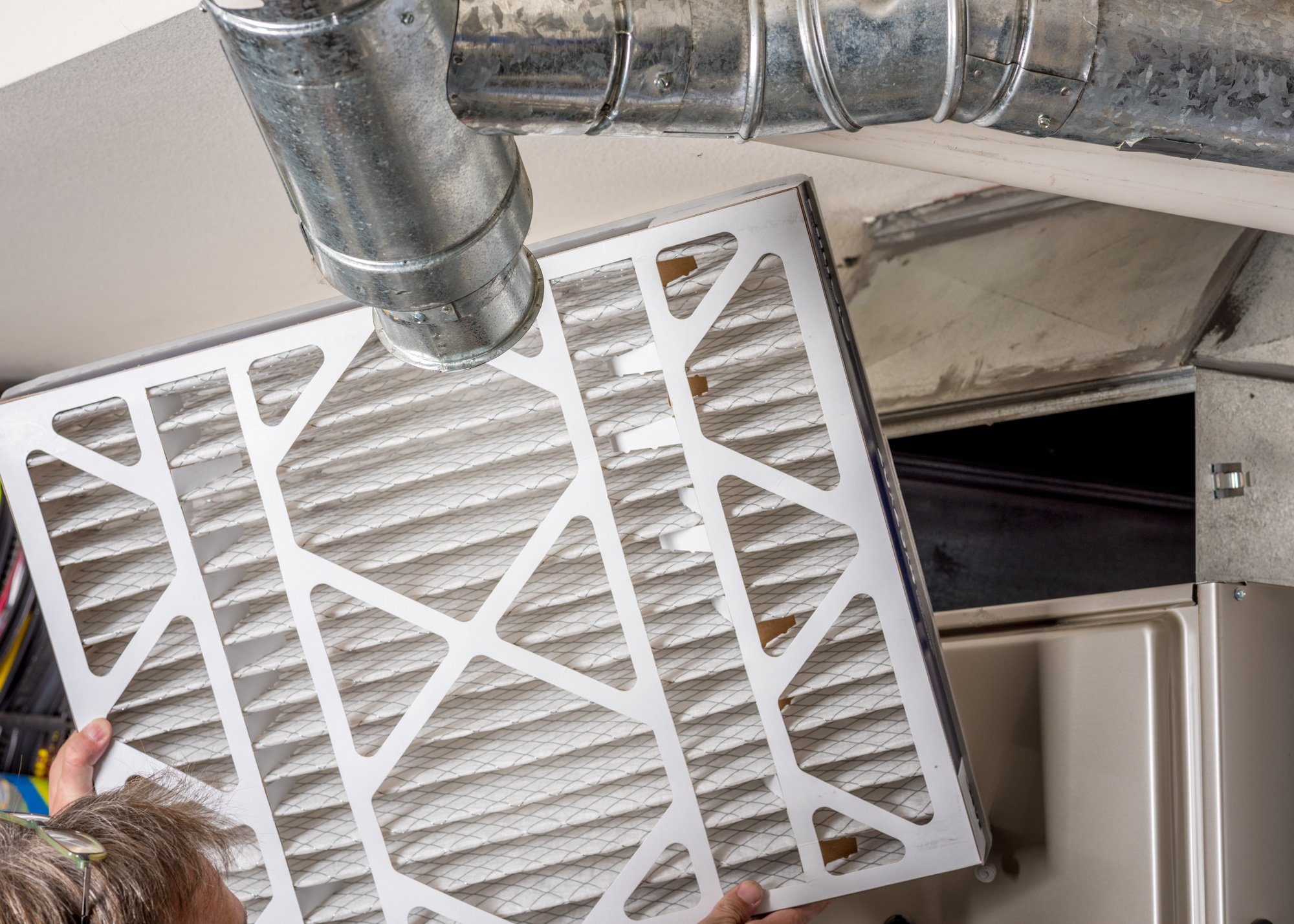
In general, furnace filters clear out dust, dirt and other debris from the airflow that passes through an air conditioner. Maintaining such particles out of the air conditioner improves indoor air quality by protecting and lengthening the lifespan of both the furnace and other internal parts. Cleaning a furnace is a necessary process as not only does it increase the performance and efficiency of the appliance but also ensures safety for the inhabitants. Read on to find out more about how furnace filters work. Visit this site for more info about air filters.
One can divide the role of furnace filters into two categories - physical and chemical. A physical air filter simply picks up dirty or dusty particles and traps them in its mesh. Chemical furnace filters, on the other hand, use chemical reaction to break down the dirt and kill any microorganisms or bacteria therein. While such elements are dangerous, they need to be kept out of an air conditioning unit for obvious reasons. As for why these furnace filters 16x25x1 are used, it is mostly to keep the room clean and safe for living. Dirty air is very dangerous both for health and for the environment.
One might wonder what kind of air flows require proper furnace filters to maintain? Well, a rough calculation states that about 10% of indoor air flow contains particles that are harmful for human beings. It is therefore imperative for all homeowners to have such hepa filters installed in their homes. Harmful airborne particles come from various sources such as cigarette smoke, vehicle exhausts, pet dander, and other airborne particles.
Furnace filter size is also an important factor in maintaining optimal indoor air quality. Basically, the larger the filter, the better it is at trapping particles. The filter size will largely depend on the model of furnace that one owns. However, it should be noted that in most cases the filter sizes do not exceed 0.3 microns as this is considered to be the ideal size for capturing small dust particles. Moreover, furnace filters are usually low cost items and are easily affordable by all.
It is important to note that the size of an air filter will directly affect its effectiveness. If the filter is too small, it may not be able to trap dust particles and will therefore not be able to keep indoor air clean. On the other hand, if the filter is too large, the dust particles may be trapped within the gaps between the mesh and will not be able to escape out. Hence, it is always best to purchase furnace filters of the right size and to invest in a high quality brand to get optimum results.
One may find it difficult to understand how furnace filters contribute to a home's safety. It is important to state that it does contribute to the safety of a home by keeping out harmful indoor air particles. It is advisable for one to regularly check on the filter to ensure that it is still effective and in good condition. A safe home owner should ensure that the furnace filters are changed on a regular basis. This will ensure that the filter provides the right protection and keeps a person and his family safe from the hazards of indoor air pollution. Learn more about a furnace here:
https://en.wikipedia.org/wiki/Furnace.


